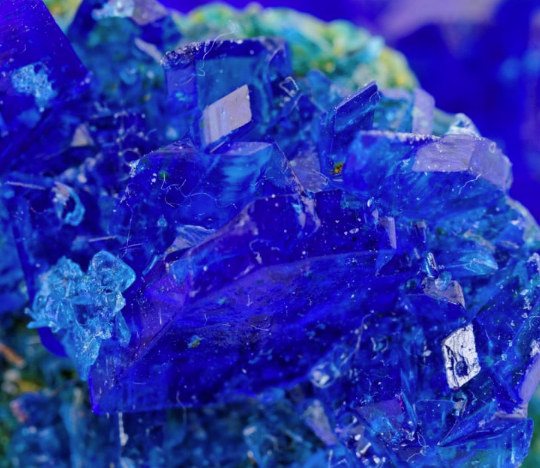Cupric sulfate, a bluish crystalline powder, also known as hydrocyanite and copper sulfate, vitriol, chalcanthite, and bluestone, is an azure blue material used in the It is used in the leather industry. It is prepared by the reaction of sulfuric acid and copper. It is also obtained as a by-product from copper refineries.

Cupric Sulfate is used as a fungicide, algaecide, root killer, and herbicide in both agriculture and non-agricultural settings. It is also used as an antimicrobial and molluscicide.
Cupric Sulfate is used as a drying agent in the anhydrous form, as an additive for fertilizers and foods, and in several industrial applications such as textiles, leather, wood, batteries, ink, petroleum, paint, and metal, among others. It is used also as an animal nutritional supplement. Some products containing copper sulfate can be used in organic agriculture.
Workers who accidentally ingest Cupric Sulfate experience abdominal pain and cramps, burning sensation, corrosive effects, nausea, vomiting, loose bowel movement, and a metallic taste. Exposures to copper sulfate by ingestion or skin absorption cause severe irritating effects on the eyes and skin. The aerosol is irritating to the respiratory tract and impacts the blood, kidneys, and liver, resulting in hemolytic anemia, kidney impairment, liver impairment, and shock or collapse. At large doses, accidental intake of copper sulfate (Cupric Sulfate) causes renal failure, comatose, and even death. Long-term exposure to Cupric Sulfate may lead to liver damage, lung diseases, and decreased female fertility.


